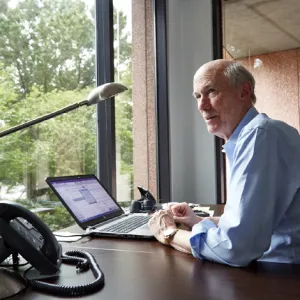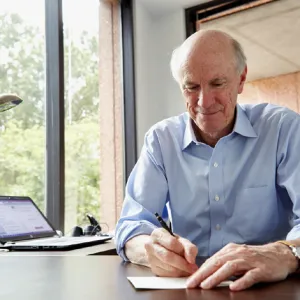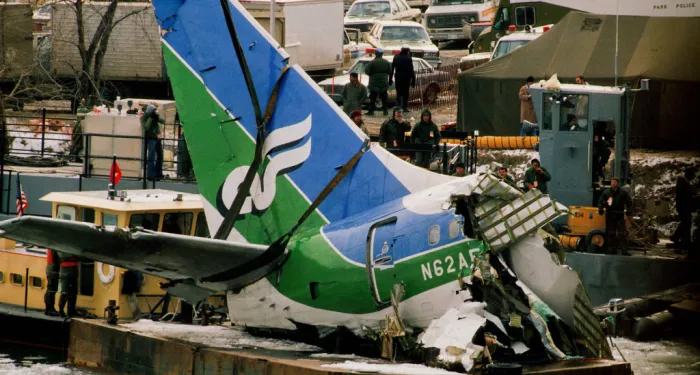
Feb 25 | 2022
The Crazy Good Turn That Started a Presidential Tradition
Forty years ago, then-President Ronald Reagan started a tradition during the 1982 State of the Union address that all presidents since have consistently followed.
At the start of his speech, Reagan paused to recognize a guest seated in the Congressional gallery.
This guest had no official status. He was not a visiting dignitary. In fact, the 28-year-old was, until recently, an anonymous government worker unknown to most watching the event.
His name was Lenny Skutnik.
The Rescue
Just thirteen days prior, on January 13, 1982, just before 4 p.m., Skutnik had been driving home from his job at the Congressional Budget Office amid a snowstorm that had enveloped the city.
I too worked in Washington D.C. at the time, serving then-Vice President George Bush's office. Skutnik and I were stuck in the same traffic that snowy afternoon. But I was miles away, and did not see what Skutnik saw.
For Skutnik was near the spot where Air Florida Flight 90 had crashed into the 14th Street Bridge, which crosses the Potomac River.
Most of the passengers onboard the plane had died upon impact. But five survivors clung to the wreckage of the plane floating amid the ice-covered waters.
Skutnik said the screams coming from the river "made the hair stand up on the back of your head."
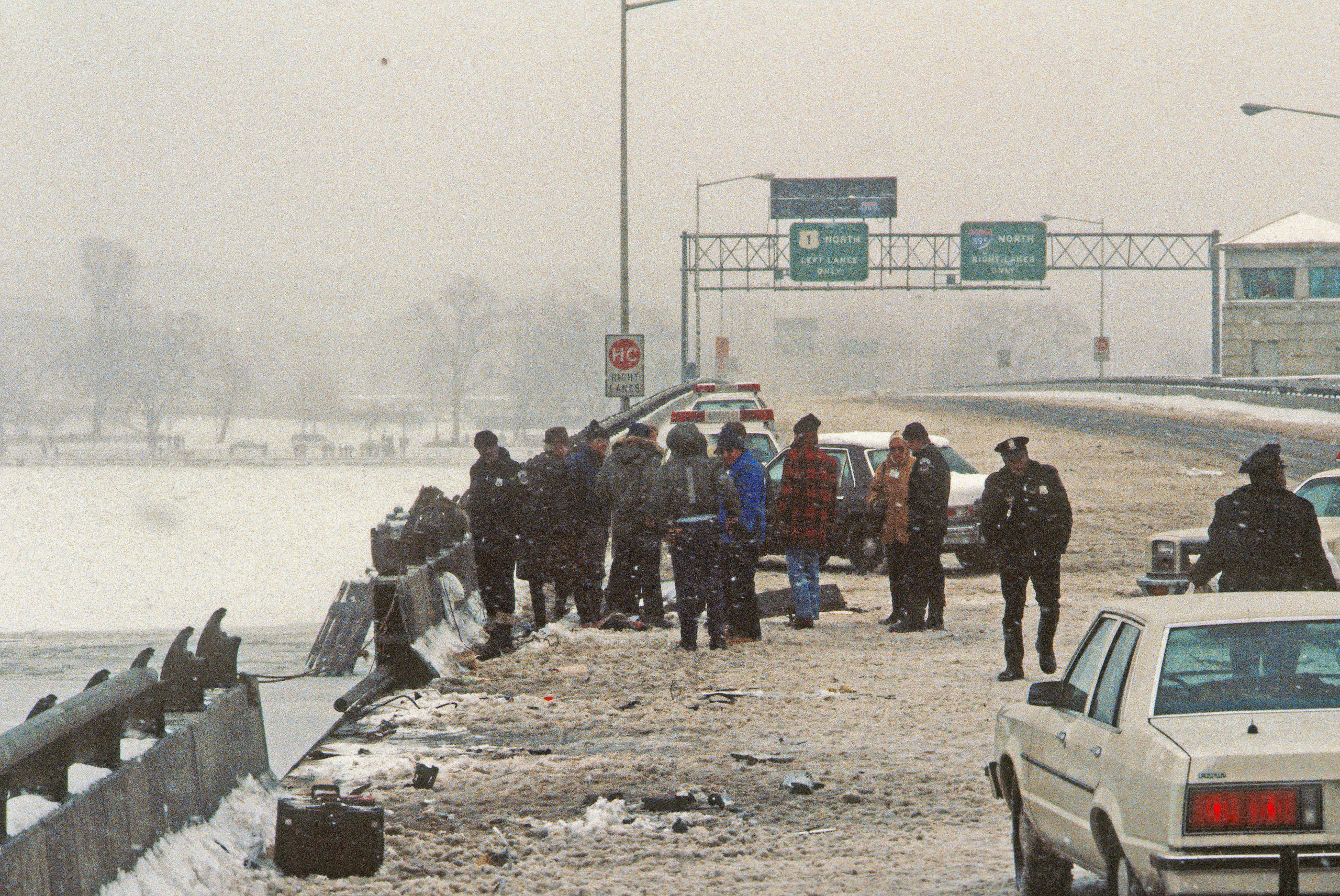
A Park Police helicopter circled overhead, attempting to lift the stranded passengers from the river. Their rope reached a young mother named Priscilla Trijado, who had been flailing on the ice.
Trijado, who appeared to be going into shock, placed her arm inside the life ring and tried to hold on. But she lost her grip, fell back into the waters, and slipped below the surface.
"It was just too much to take," Skutnik said later. "I absolutely thought she was going to die if I didn't go in and get her."
Skutnik removed his coat and boots, plunged into the water, swam out to Trijado, and then dragged her back to safety.

What the President Said
When Reagan introduced Skutnik to those gathered in the gallery, he spoke of how Skutnik and others who took part in the rescue embodied "the spirit of American heroism at its finest."
Reagan then saluted the young man, as the crowd gave Skutnik a standing ovation that went on for more than half a minute.
More than 40 years later, I can still recall the energy of that moment.
Standing next to the First Lady, Skunik looked proud but not totally comfortable. In the years that followed, he was consistently matter-of-fact about his act of heroism.
"I believe it's a human instinct," Skutnik told TV crews later. "I didn't weigh it or think about it. I just did it."
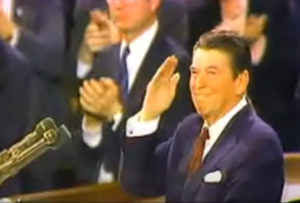
For all of the attention he received, Skutnik kept a low profile in the decades since.
He returned to his job at the Congressional Budget Office, where he served out his career until retiring in 2010. There was a documentary made of the crash, but Skutnik did not participate.
There was also a Dustin Hoffman movie made about a plane crash rescue titled Hero, and surely there have been many other real or fictionalized retellings since.
The theme of Hero is that we're all heroes if you catch us at the right moment.
I doubt that.
But it is important to recognize and celebrate those moments when heroes are revealed. Theirs are stories that are too good to forget.
When ordinary people do extraordinary things, it changes our understanding of the human landscape, just as lightning reveals surroundings we assumed were dark.
So just as every tornado makes me think of Dean Wells, every State of the Union brings back memories of Skutnik and what he did that day in 1982. I wonder whether I would have had the courage to do what he did. And I am thankful for all those who do.
Thank you, Lenny, for giving us all a story too good to forget. President Reagan knew its importance and shared it with the whole country. And every president since has carried on this tradition, knowing that we all want to be inspired, and to see the light cast by acts of extraordinary self-sacrifice.


![Image for 3 Years of Crazy Good Turns [What I’ve Learned]](https://transform.octanecdn.com/crop/300x300/https://octanecdn.com/crazygoodturnsorg/CGT_shutterstock_440327545-copy_perspective_shift-1024x670.jpg)
